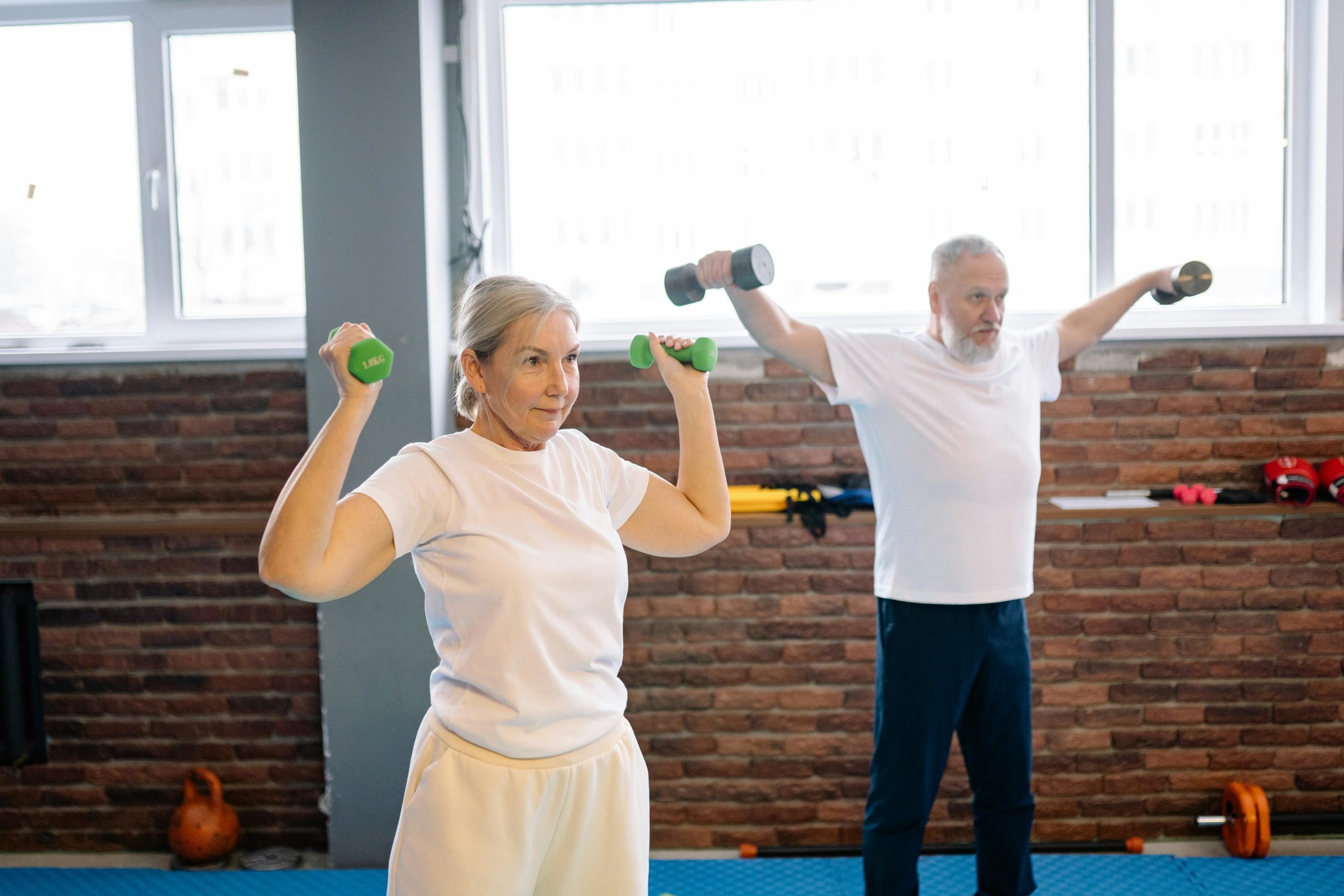Yoga, in its many forms, has gained popularity for its ability to improve flexibility, strength, and mental clarity. Traditional yoga, often practiced in room-temperature settings, focuses on a series of poses and breathing exercises designed to promote relaxation, mindfulness, and physical wellness. There are many styles, from Hatha and Vinyasa to Ashtanga and Iyengar, each with unique approaches to movement and flow. These sessions can vary in intensity, but generally, the atmosphere remains calm, allowing participants to focus on their breathing and alignment without excessive heat or external conditions impacting their experience.
HOTWORX, turns up the temperature and the challenge. Hot yoga classes are typically conducted in heated studios, with temperatures ranging from 80 to 105 degrees Fahrenheit, depending on the studio and style. The heat is intended to enhance the workout by encouraging deeper stretching, increasing circulation, and inducing perspiration. This increased sweating can help release toxins and provide a more intense cardiovascular experience, even in slower-paced classes. Hot yoga styles vary as well, with Bikram being one of the most recognized; it consists of 26 postures practiced in a room heated to exactly 105°F with 40% humidity. The heat in hot yoga brings an added layer of mental and physical endurance, pushing participants to focus on their breathing, manage discomfort, and remain present despite challenging conditions.
HOTWORX, a prominent brand in the hot yoga community, offers a unique twist with their infrared-heated yoga studios. Unlike traditional heated rooms, HOTWORX uses infrared heat, which is said to penetrate deeper into the skin, promoting muscle recovery and enhancing detoxification. Infrared heat is gentler than traditional heating methods, allowing for a more comfortable experience even as the body works harder. HOTWORX approach makes hot yoga more accessible to those who may find standard hot yoga environments too intense, as the infrared heat is less overwhelming while still providing the benefits of a heated environment. Furthermore, their system is designed for efficiency, typically offering 30-minute sessions that can easily fit into a busy schedule, helping people benefit from a rigorous workout in less time.
One of the key differences between hot yoga and regular yoga lies in their physical demands. The high temperatures in hot yoga classes can elevate heart rates and increase calorie burn, making it an appealing choice for those looking for a workout that combines strength, flexibility, and cardiovascular conditioning. Regular yoga, while still beneficial for physical health, tends to focus more on balance, alignment, and mindful breathing. It offers a more meditative experience and can be suitable for people of all fitness levels, including beginners and beyond.
Choosing between hot yoga and regular yoga depends largely on personal fitness goals and preferences. For individuals looking for a high-intensity experience with enhanced calorie burn and detoxification benefits, hot yoga might be ideal. Meanwhile, those seeking a gentler introduction to yoga or a focus on mental clarity and breathwork may find regular yoga to be a better fit. Both practices, however, share the core benefits of increased flexibility, reduced stress, and improved overall wellness.
